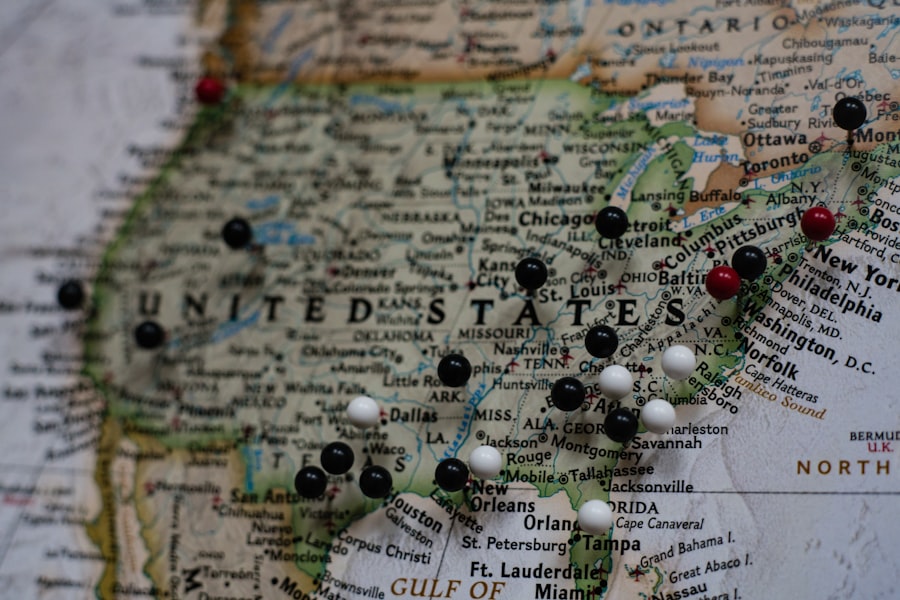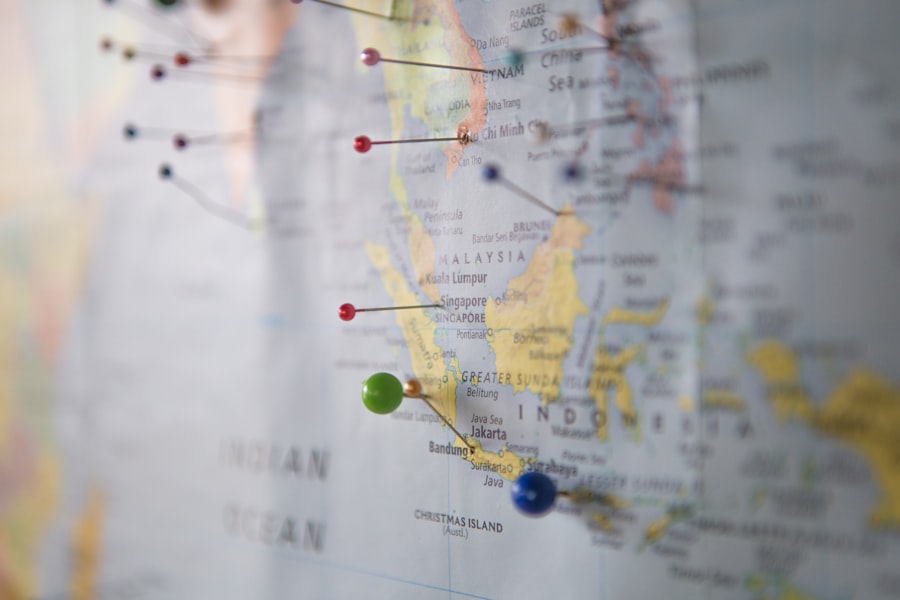The origins of medieval dance and jousting can be traced back to the early Middle Ages, a period marked by the fusion of various cultural influences across Europe. Dance, as a form of expression, was prevalent in many societies, often serving as a means of storytelling and community bonding. In the courts of the nobility, dance evolved into a more structured and formalized art form, influenced by the traditions of the Roman Empire and the folk dances of the common people.
The introduction of the courtly dance, characterized by intricate footwork and elaborate movements, became a symbol of social status and refinement. These dances were often performed during feasts and celebrations, where the nobility showcased their wealth and sophistication. Jousting, on the other hand, emerged as a martial practice that evolved into a popular sport among knights.
Its roots can be traced back to the 11th century when knights began to engage in mock battles to hone their skills for warfare. The joust was initially a training exercise but gradually transformed into a competitive event that attracted large audiences. The spectacle of knights clad in armor charging at one another on horseback became a thrilling display of bravery and skill.
As jousting gained popularity, it became an integral part of tournaments, where knights competed not only for glory but also for prizes and the favor of noble patrons.
Key Takeaways
- Medieval dance and jousting have their origins in the traditions of courtly entertainment and military training in the Middle Ages.
- Dance and jousting played important roles in medieval society, serving as forms of entertainment, displays of skill and valor, and opportunities for social interaction.
- Historical sites such as castles, palaces, and town squares were common venues for medieval dance and jousting performances and competitions.
- Traditional music and instruments like the lute, harp, and bagpipes were commonly used in accompaniment to medieval dance and jousting events.
- Costumes and attire for medieval dance and jousting were elaborate and often reflected the social status and cultural influences of the participants.
The Role of Dance and Jousting in Medieval Society
Dance as a Social Catalyst
Dance provided a platform for young men and women to meet, interact, and court one another, often leading to romantic relationships or marriages. The structured nature of courtly dances also reinforced social hierarchies, as participants were expected to adhere to specific roles and etiquette. This formality was particularly evident in the courts, where nobles would engage in dances that reflected their status and power.
Jousting as a Display of Chivalry
Jousting held a similarly significant role in medieval culture, embodying ideals of chivalry and honor. Knights were expected to uphold a code of conduct that emphasized bravery, loyalty, and respect for women. Tournaments provided a platform for knights to demonstrate their prowess in combat while also showcasing their adherence to these chivalric values.
A Shared Experience for the Populace
Both dance and jousting brought people together, fostering a sense of community and shared experience among the populace. The spectacle of jousting attracted spectators from all walks of life, while dance provided an opportunity for people to come together and celebrate. These events often included festivities such as feasting and dancing, further intertwining the two forms of entertainment.
Historical Sites for Medieval Dance and Jousting

Numerous historical sites across Europe serve as reminders of the vibrant traditions of medieval dance and jousting. Castles and manors that once hosted grand tournaments and courtly dances have become focal points for enthusiasts and historians alike. One notable example is the Château de Chambord in France, which was built during the Renaissance but reflects the architectural styles and cultural practices of earlier medieval times.
The expansive grounds of this castle would have been ideal for hosting jousting tournaments, while its grand halls would have echoed with the sounds of music and dance. In England, the Tower of London stands as a testament to the rich history of medieval festivities. While primarily known as a fortress and royal palace, it also served as a venue for various events, including jousting tournaments held during the reigns of Henry VIII and his successors.
Its magnificent gardens provided ample space for outdoor festivities, while its opulent interiors hosted elaborate balls that showcased the latest dance trends.
Traditional Music and Instruments for Medieval Dance and Jousting
| Instrument | Usage | Characteristics |
|---|---|---|
| Hurdy-gurdy | Medieval dance | Hand-cranked string instrument |
| Bagpipes | Jousting events | Wind instrument with reed pipes |
| Lute | Medieval dance | Plucked string instrument |
| Shawm | Jousting events | Double-reed woodwind instrument |
The music accompanying medieval dance and jousting played an essential role in setting the tone for these events. Traditional melodies were often lively and rhythmic, designed to encourage movement and participation. Instruments such as the lute, vielle (a type of fiddle), harp, and recorder were commonly used to create an enchanting atmosphere during dances.
The lute, with its soft yet resonant sound, was particularly favored in courtly settings, while the vielle provided a more robust accompaniment suitable for outdoor festivities. In addition to string instruments, percussion played a crucial role in medieval music. Drums and tambourines added a lively beat that encouraged dancers to keep time with their movements.
The use of bagpipes was also prevalent in certain regions, particularly in Scotland and Ireland, where their distinctive sound became synonymous with traditional celebrations. The combination of these instruments created a rich tapestry of sound that enhanced both dance performances and jousting events, drawing spectators into the excitement of the moment.
Costumes and Attire for Medieval Dance and Jousting
Costumes worn during medieval dance and jousting were not merely functional; they were also emblematic of social status and cultural identity. In courtly settings, dancers adorned themselves in elaborate garments made from luxurious fabrics such as silk and velvet. Women often wore flowing gowns with intricate embroidery, while men donned tunics paired with tights or breeches.
The colors and designs of these costumes were carefully chosen to reflect personal taste as well as adherence to contemporary fashion trends. Jousting attire was equally significant, with knights donning armor that not only provided protection but also displayed their heraldic symbols. A knight’s armor was often adorned with colorful crests representing their family lineage or personal achievements.
Beneath this armor, knights typically wore padded garments designed to absorb impact during combat. The spectacle of knights charging at one another in gleaming armor was not only a display of martial skill but also a visual representation of their noble heritage.
Dance and Jousting Festivals and Events

Throughout history, festivals celebrating dance and jousting have been integral to community life in medieval Europe.
One prominent example is the tournament held at Ashby-de-la-Zouch in England during the 15th century, which attracted knights from across the realm to compete in jousting matches while revelers enjoyed music and dance.
In France, the Fête de la Saint-Jean celebrated the summer solstice with bonfires, dancing, and various competitions, including jousting displays by local knights. These festivals served not only as entertainment but also as opportunities for communities to come together in celebration of shared traditions. The blending of dance with jousting created an atmosphere of excitement that resonated throughout society, reinforcing bonds among participants while showcasing local talent.
Learning and Participating in Medieval Dance and Jousting
For those interested in immersing themselves in medieval culture, learning traditional dance forms and jousting techniques has become increasingly popular in recent years. Various organizations offer workshops that teach participants about historical dance styles such as the pavane or galliard, emphasizing proper technique and etiquette. These classes often incorporate live music to provide an authentic experience reminiscent of medieval court gatherings.
Jousting schools have also emerged, providing aspiring knights with training in horsemanship, weaponry, and combat techniques. Participants learn not only how to wield lances effectively but also how to maintain control over their steeds during high-speed charges. Many schools emphasize safety protocols while still capturing the thrill of this ancient sport.
Events such as reenactments or tournaments allow students to showcase their skills in front of enthusiastic audiences eager to witness these historical practices come to life.
Modern Interpretations of Medieval Dance and Jousting
In contemporary society, medieval dance and jousting continue to inspire artists, performers, and enthusiasts alike. Modern interpretations often blend traditional elements with innovative choreography or theatrical storytelling techniques. Dance troupes may incorporate historical styles into contemporary performances while adding modern twists that resonate with today’s audiences.
Similarly, jousting has found new life through organized competitions that celebrate this ancient sport while ensuring safety for participants. Events like the International Jousting Championship attract competitors from around the world who seek to honor tradition while showcasing their skills in a modern context. These events often feature elaborate pageantry reminiscent of medieval tournaments, complete with costumes, music, and festive atmospheres that transport spectators back in time.
The enduring legacy of medieval dance and jousting reflects humanity’s fascination with history and cultural expression. As communities continue to celebrate these traditions through festivals, workshops, and performances, they ensure that the spirit of medieval revelry remains alive for future generations to appreciate.
FAQs
What is the map with travel pins of medieval dances and jousting?
The map with travel pins of medieval dances and jousting is a visual representation of locations where medieval dances and jousting events take place. It includes pins or markers to indicate specific venues or areas where these activities are held.
What is the purpose of the map with travel pins of medieval dances and jousting?
The purpose of the map is to provide a convenient and informative guide for individuals interested in attending or participating in medieval dances and jousting events. It allows users to easily locate and plan their visits to these historical and cultural activities.
How can the map with travel pins of medieval dances and jousting be accessed?
The map can be accessed through various means, such as online platforms, mobile applications, or physical copies distributed by event organizers or tourism offices. It may also be available for download or viewing on websites dedicated to medieval reenactments and historical events.
What information is typically included in the map with travel pins of medieval dances and jousting?
The map usually includes the locations of venues where medieval dances and jousting events are held, along with additional details such as event schedules, contact information for organizers, and nearby amenities or accommodations for visitors.
Are there different types of medieval dances and jousting events represented on the map?
Yes, the map may feature a variety of medieval dances and jousting events, including but not limited to traditional court dances, folk dances, reenactments of historical jousting tournaments, and medieval festivals that incorporate these activities as part of their programming.
Is the map with travel pins of medieval dances and jousting updated regularly?
The map may be updated periodically to reflect changes in event locations, schedules, or additional venues that host medieval dances and jousting activities. Users are advised to verify the accuracy of the information before planning their visits.

